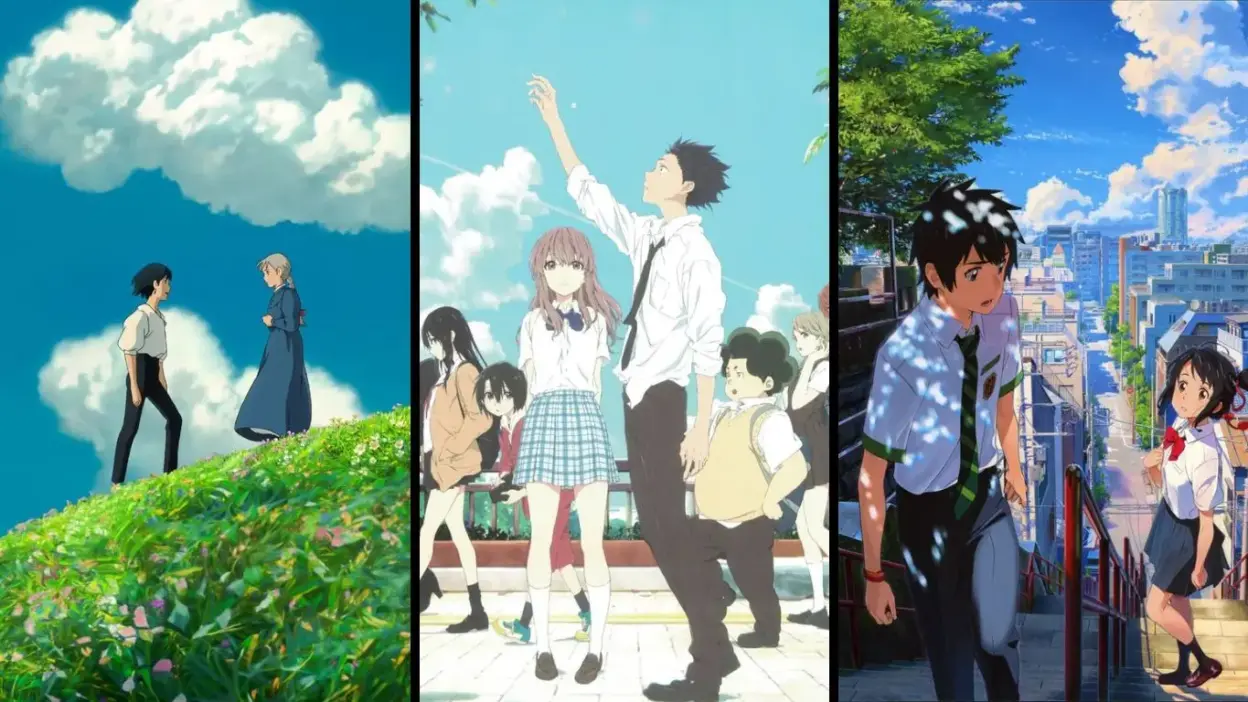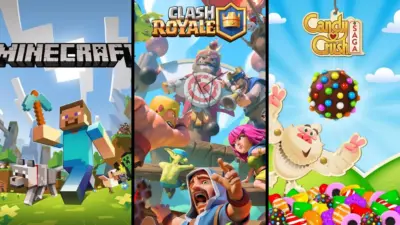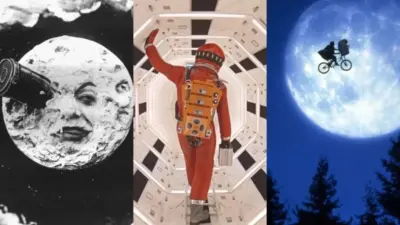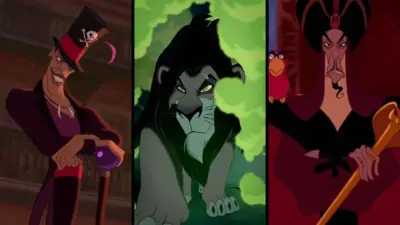Anime has long been celebrated for its compelling narratives and breathtaking visuals, and its influence on global pop culture is undeniable. With “10 Best Anime Movies of All Time”, we aim to highlight the cinematic gems that stand out in this rich genre. These movies not only epitomize the essence of anime storytelling but also offer a blend of emotions, adventures, and lessons that resonate with audiences worldwide.
Whether you’ve been an anime aficionado for years or are just beginning to explore its vast universe, our carefully curated list provides a guide to some of the most iconic and influential films in the realm of anime. Experience the magic and artistry that these ten movies bring to the screen.
10 Best Anime Movies of All Time
Spirited Away (2001)
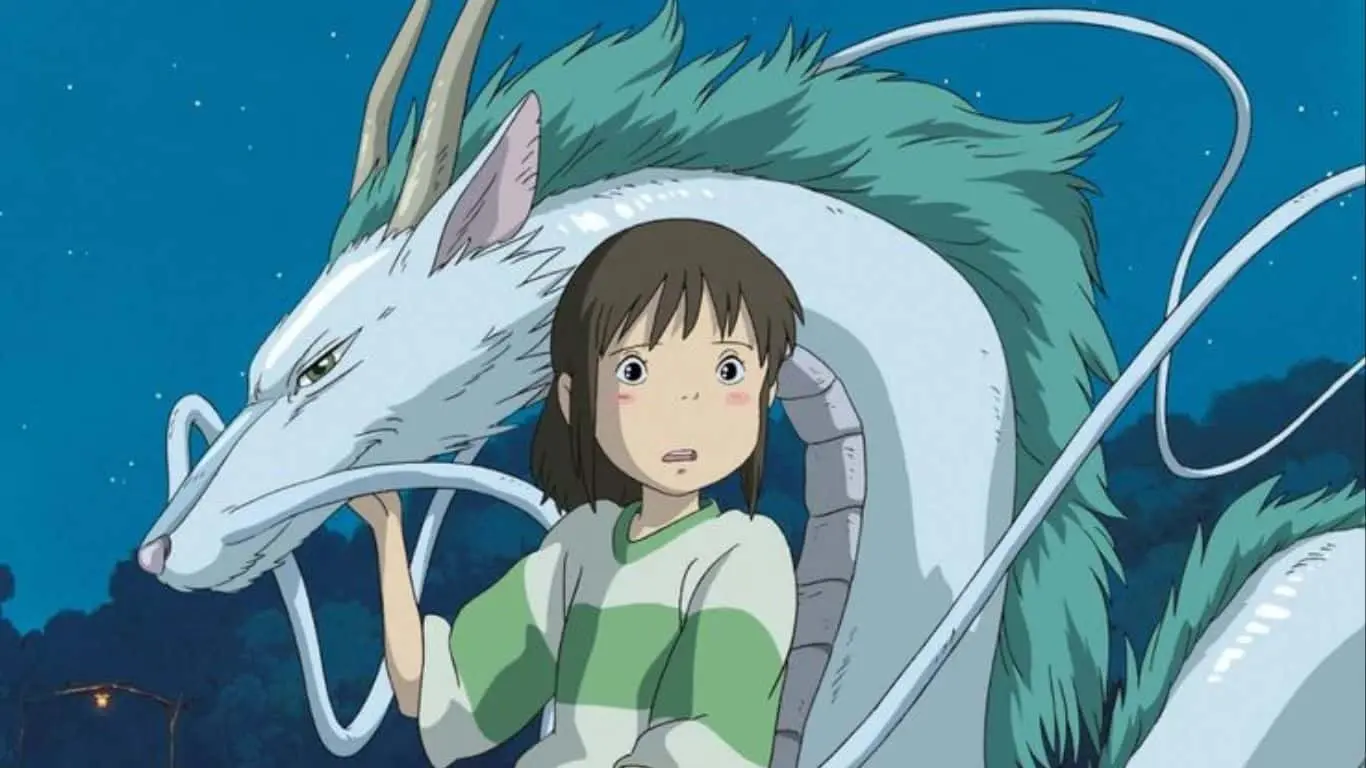
“Spirited Away,” a masterpiece crafted by Hayao Miyazaki, seamlessly intertwines fantasy with reality, showcasing Chihiro’s transformative journey in a mystical world brimming with spirits. Rooted in Japanese Shinto-Buddhist traditions, the narrative transcends cultural boundaries with Studio Ghibli’s mesmerizing animation and a hauntingly beautiful musical score by Joe Hisaishi.
The movie resonates deeply due to its universal themes of growth, identity, and resilience against adversity. Furthermore, Miyazaki critiques modern Japanese society, shedding light on environmental degradation and unchecked consumerism.
While the story is firmly anchored in Japanese culture, its global appeal is undeniable, as evidenced by its record-breaking box office numbers and prestigious awards, including the Academy Award for Best Animated Feature. It presents a tale; one that empowers young viewers, particularly girls, to see heroism in terms beyond just romance or physical prowess.
Akira (1988)
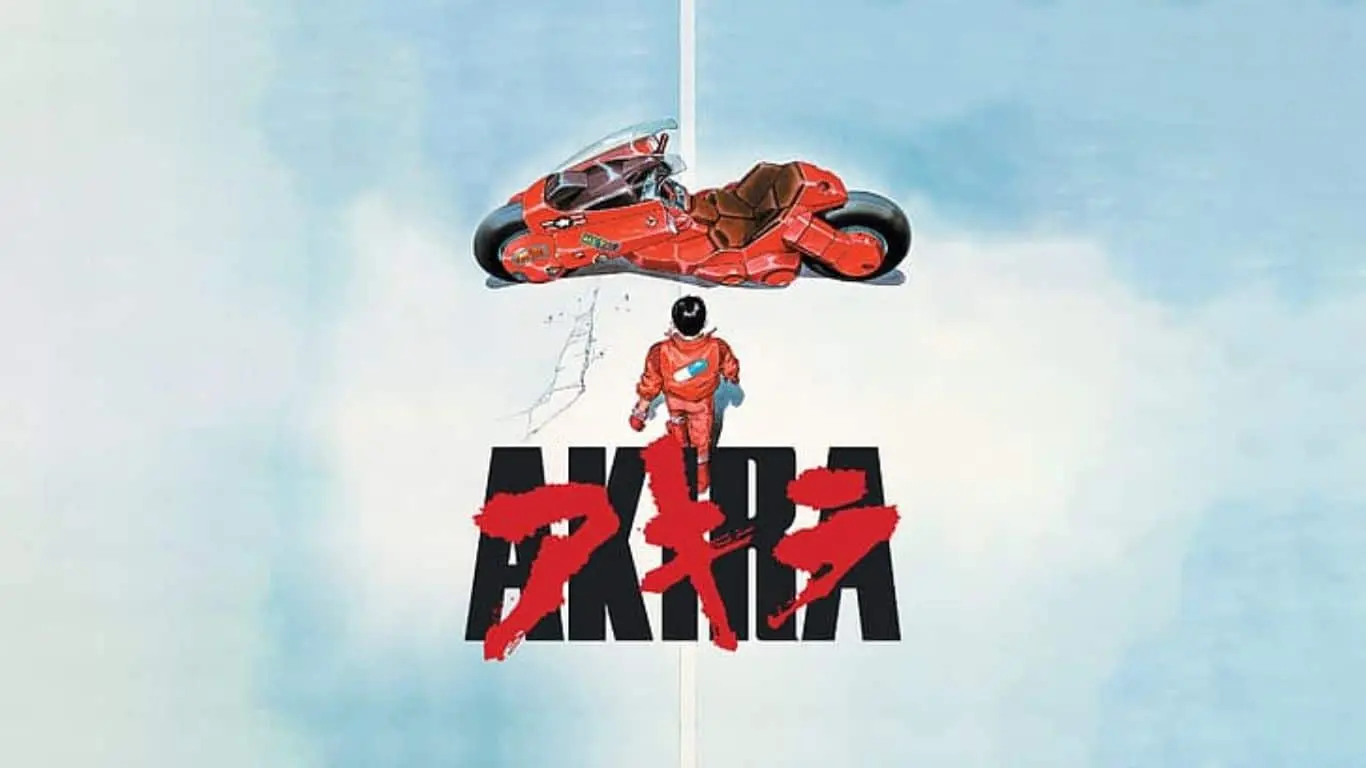
Katsuhiro Otomo’s 1988 masterpiece, “Akira,” is a cornerstone in the world of anime, setting a gold standard for the cyberpunk genre. Set in a dystopian Neo-Tokyo post a devastating explosion, it delves deep into a narrative of friendship, power, and rebellion as the biker leader, Shōtarō Kaneda, confronts his childhood friend Tetsuo’s overwhelming telekinetic abilities. Though deviating from its original manga’s plot, its groundbreaking animation style, combined with an evocative soundtrack inspired by Indonesian gamelan and Japanese noh music, set it apart.
The film’s global impact is undeniable, not just earning it a cult following, but also influencing a plethora of animations, comics, and even Hollywood. As one of the propellers of anime’s international prominence, “Akira” is celebrated not only for its captivating storytelling but also for how it redefined the animation genre, laying the foundation for worldwide phenomena like Pokémon and Naruto.
Grave of the Fireflies (1988)
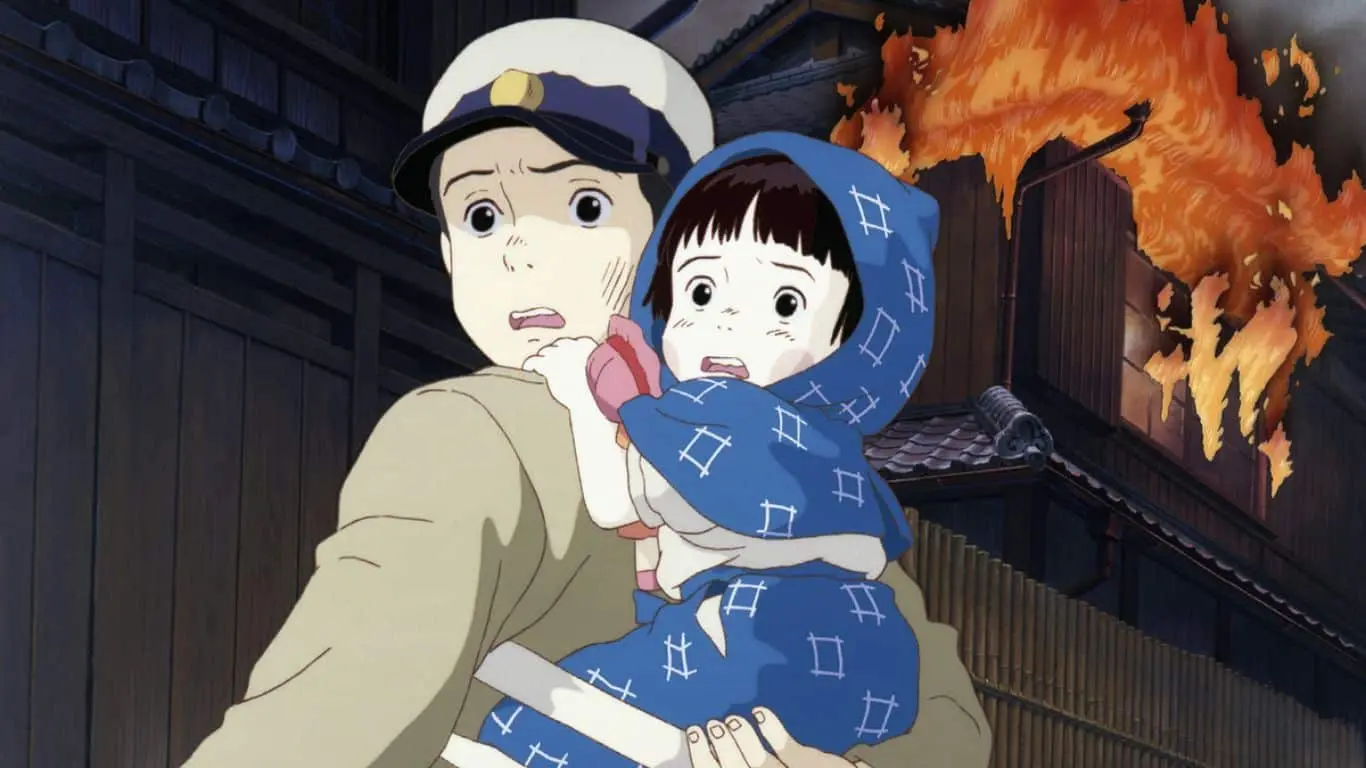
“Isao Takahata’s ‘Grave of the Fireflies’, produced by Studio Ghibli, is a poignant tale that delves deep into the ravages of war, seen through the eyes of two young siblings, Seita and Setsuko. Based on Akiyuki Nosaka’s semi-autobiographical narrative, the film captures the harrowing reality of World War II’s impact on innocent civilians, particularly in a war-torn Japan. The animation masterfully portrays the fragile bond of the siblings against a backdrop of chaos, embodying both despair and the indomitable human spirit.
As the children navigate a world marked by hunger, loss, and societal neglect, their story is a testament to the resilience of the human spirit in the face of overwhelming adversity. Acclaimed worldwide, ‘Grave of the Fireflies’ is not just a masterpiece of Japanese animation but stands as one of the most touching war narratives ever crafted, revealing the often overlooked human cost of war.
My Neighbor Totoro (1988)
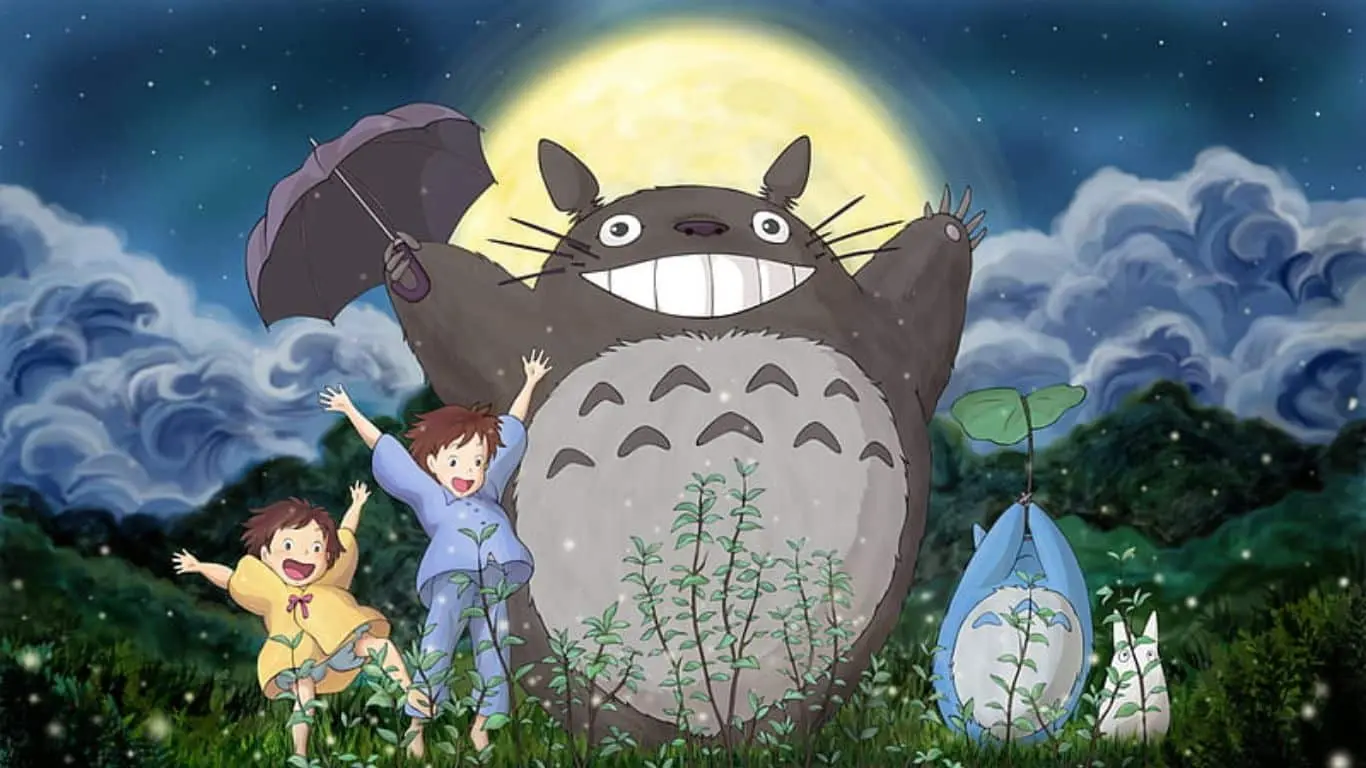
‘My Neighbor Totoro’ is an enchanting tale from the legendary Hayao Miyazaki and Studio Ghibli. Set in postwar rural Japan, it captures the adventures of two young sisters, Satsuki and Mei, as they interact with friendly wood spirits. Delving deep into themes of animism, Shinto traditions, and the simple pleasures of rural life, this film creates a mesmerizing world that captivates audiences of all ages.
Its widespread acclaim, combined with numerous awards, makes it not just an animated spectacle but a poignant journey touching on family, nature, and the inherent magic around us. With Totoro standing as an emblem of childhood wonder and the spirit of Studio Ghibli, this film firmly cements itself as a timeless classic in the world of animation.
Your Name (2016)
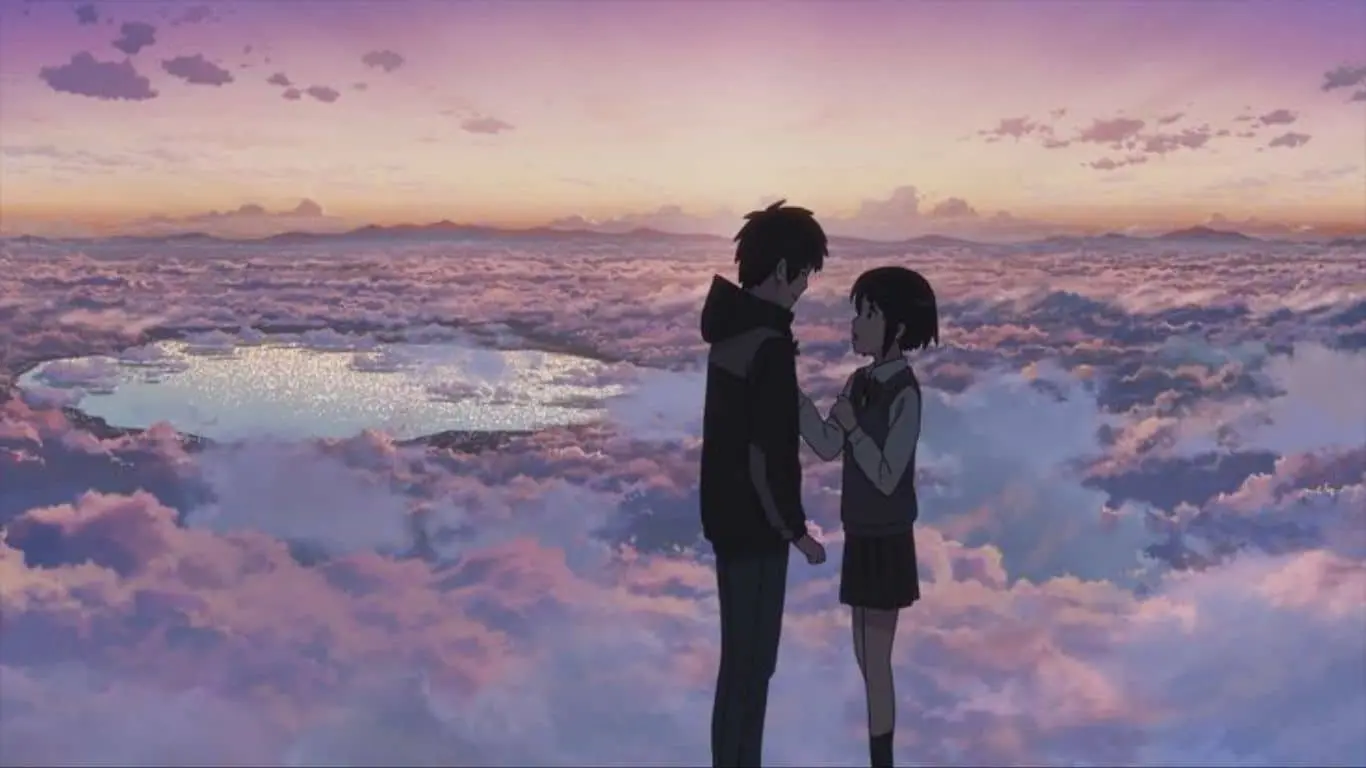
Makoto Shinkai’s ‘Your Name’ is a mesmerizing blend of love, destiny, and time. Set against the vibrant backdrop of Tokyo and scenic rural Japan, it follows Taki and Mitsuha’s extraordinary journey through a body-swapping mystery that explores profound themes of connection and identity.
With its stunning animation and a haunting score by Radwimps, the film offers a poignant reflection on life’s fragility inspired by Japan’s encounters with natural disasters. Its global resonance, record-breaking box office numbers, and universal acclaim firmly position ‘Your Name’ as a pinnacle in animated cinema.
Nausicaä of the Valley of the Wind (1984)
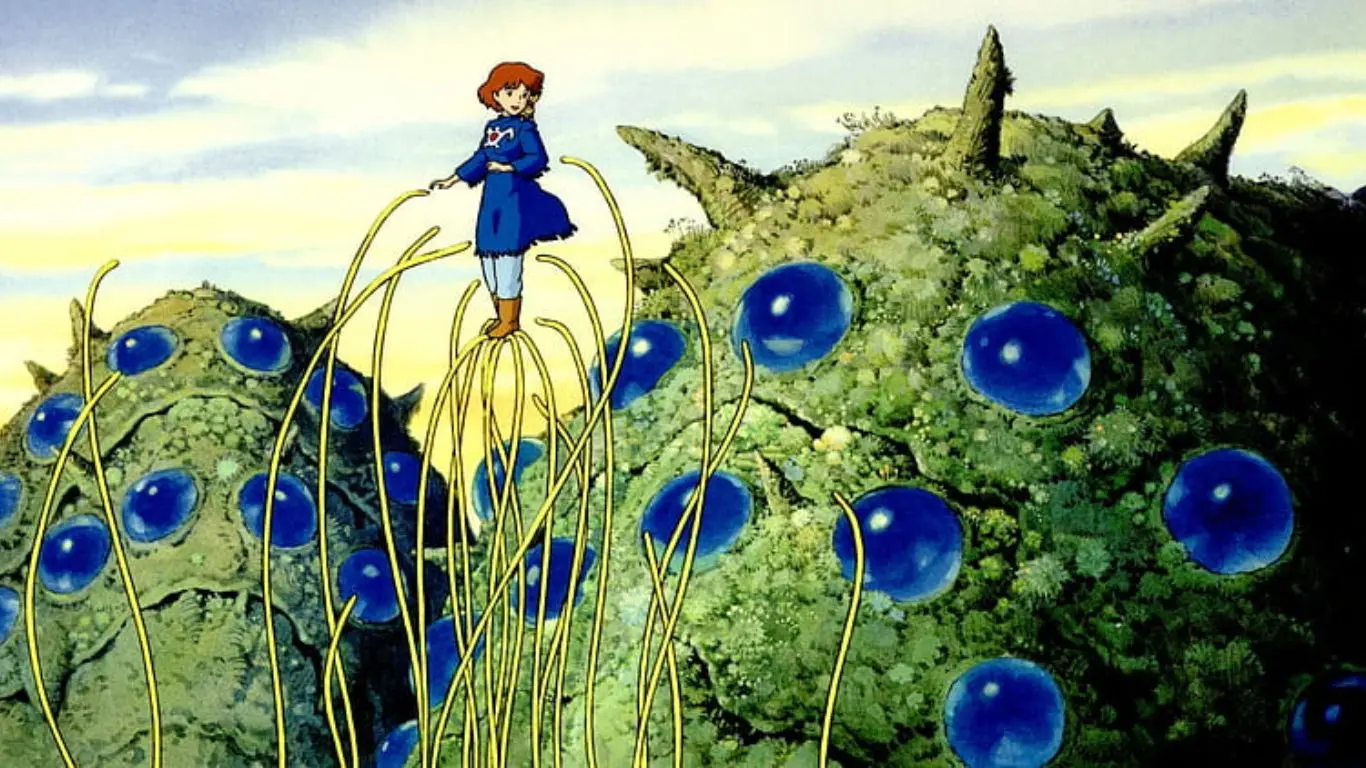
“Nausicaä of the Valley of the Wind,” directed by Hayao Miyazaki, is a 1984 Japanese anime classic set in a post-apocalyptic world where nature and humanity grapple for survival. Driven by a captivating storyline that melds adventure, emotion, and powerful messages about environmentalism and peace, the film follows the journey of Nausicaä, a brave princess striving to foster understanding between humans and the environment.
The film’s exceptional animation brings to life a universe filled with giant insects, lush forests, and futuristic aircraft. Its timeless themes, breathtaking artistry, and the depth of its characters combine to make it not just a cornerstone in anime history but a must-watch for any lover of film, marking it undeniably as one of the greatest anime movies ever created.
Perfect Blue (1997)
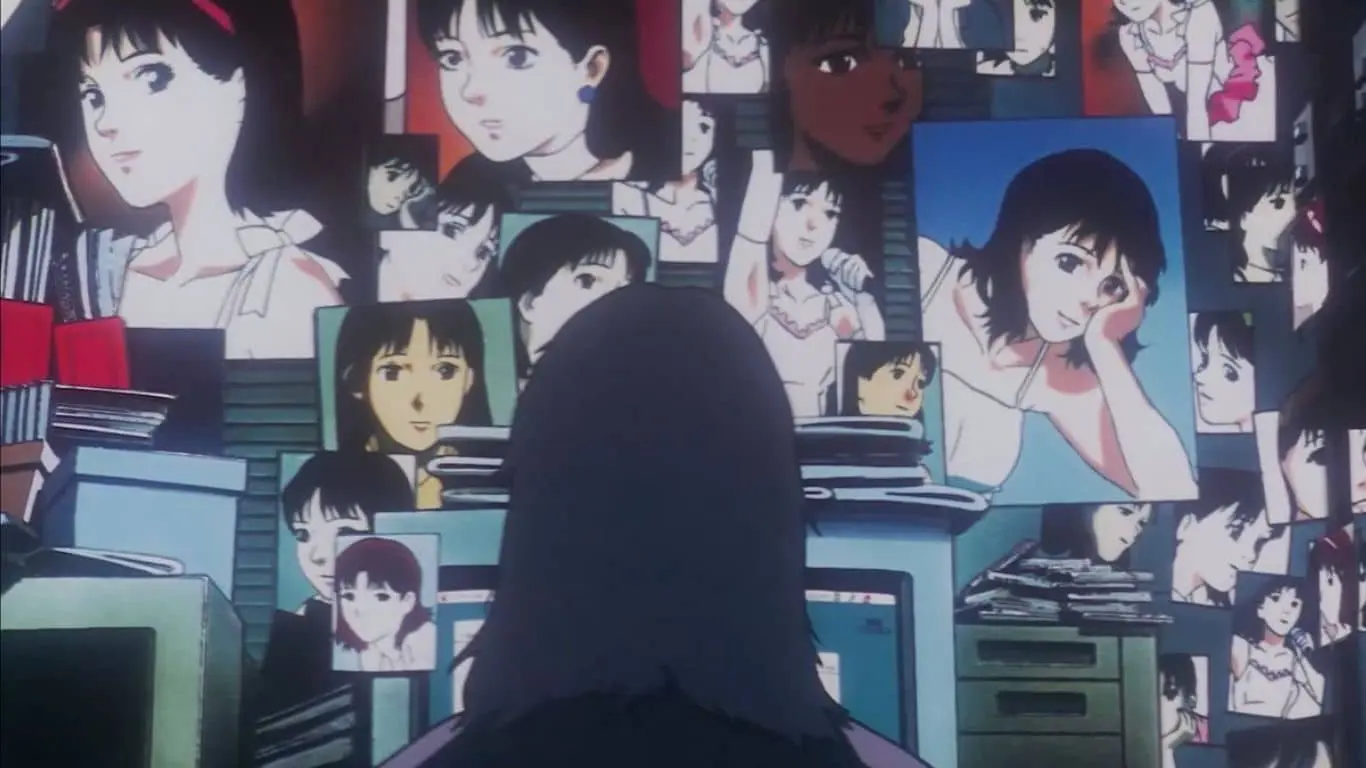
“Perfect Blue,” a 1997 psychological thriller directed by the masterful Satoshi Kon, delves deep into the haunting interplay between fantasy and reality. When Mima Kirigoe, a Japanese pop idol, transitions to an acting career, her life spirals into chaos. She faces obsessive fans, a mysterious online doppelgänger, and a series of grisly crimes that blur the lines between her roles on-screen and her reality off-screen.
Kon’s genius lies in crafting a suspenseful narrative that touches on the perils of celebrity, identity, and the digital age. With its intricate plot, stunning animation, and an unsettling atmosphere that lingers long after the credits roll, “Perfect Blue” stands out as not just an anime masterpiece but a cinematic tour de force, underscoring the often elusive nature of personal truth in an image-driven world.
A Silent Voice: The Movie (2016)
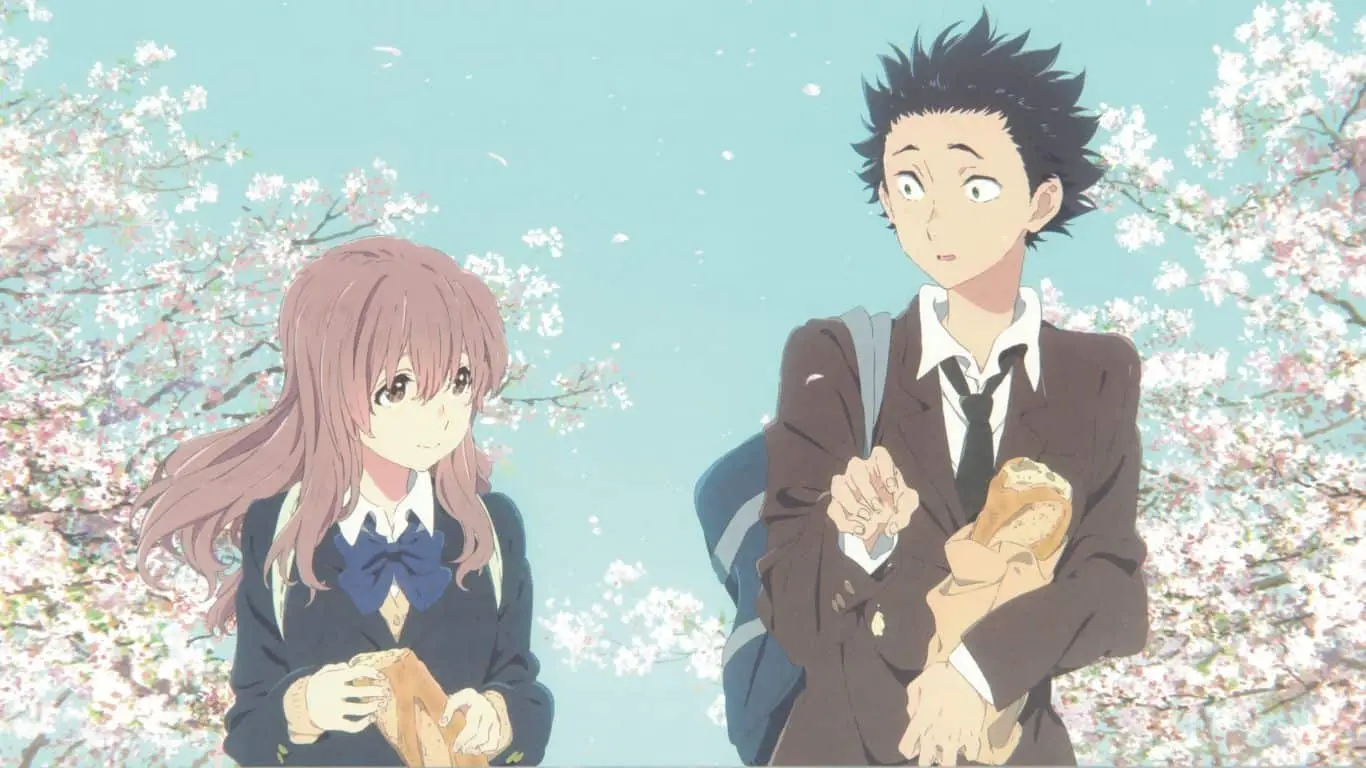
“A Silent Voice” is a breathtaking journey into the depths of human emotions, masterfully capturing the essence of redemption, forgiveness, and self-worth. Adapted from Yoshitoki Ōima’s acclaimed manga and brought to life by Kyoto Animation, the film delves into the psyche of a former bully seeking reconciliation with a deaf girl he once tormented.
Its artful blend of poignant storytelling, stunning visuals, and profound themes make it not just a cinematic masterpiece, but a timeless anime classic. As it addresses universal issues like bullying, disability, and mental health with unparalleled sensitivity, “A Silent Voice” stands as one of the greatest anime films ever crafted, a must-watch for both aficionados and newcomers to the genre.
Castle in the Sky (1986)
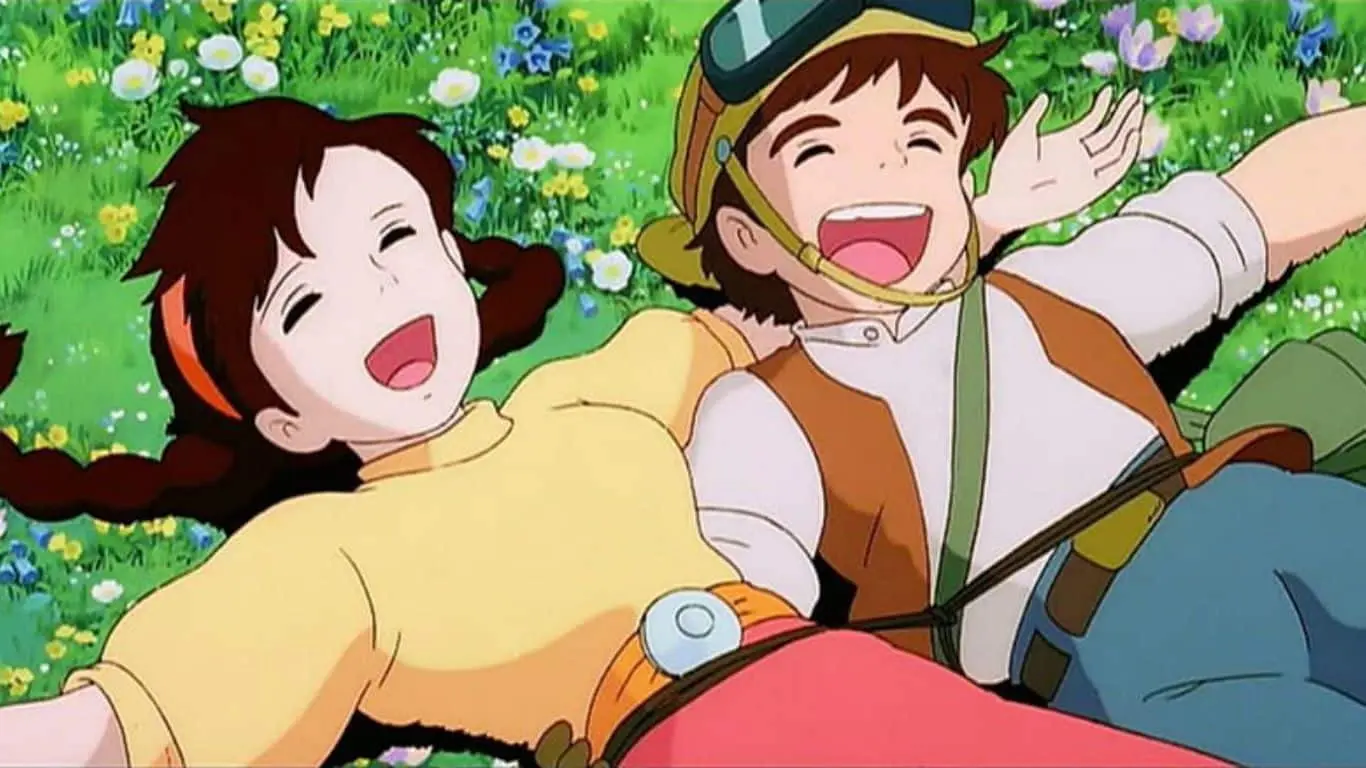
“Laputa: Castle in the Sky” (1986) is a captivating tale from Studio Ghibli in collaboration with Toei Company, spearheaded by the visionary Hayao Miyazaki. The story unfolds around two orphans, Sheeta and Pazu, who embark on a journey driven by Sheeta’s magical crystal necklace that holds the key to the enigmatic floating castle, Laputa. Amidst the vast wonders of the castle, they encounter its formidable weaponry and must stop the antagonist Muska from misusing its immense power.
Miyazaki’s trip to Wales and the 1984 coal miners’ strike influence the narrative, infusing it with themes of environmentalism, technology, and the purity of childhood. The film’s retrofuturistic steampunk design, particularly in its flying contraptions, is a visual treat. Accompanied by Joe Hisaishi’s mesmerizing score, the movie has amassed over US$157 million by 2021 and has secured a venerable spot in global cinema and popular culture.
Howl’s Moving Castle
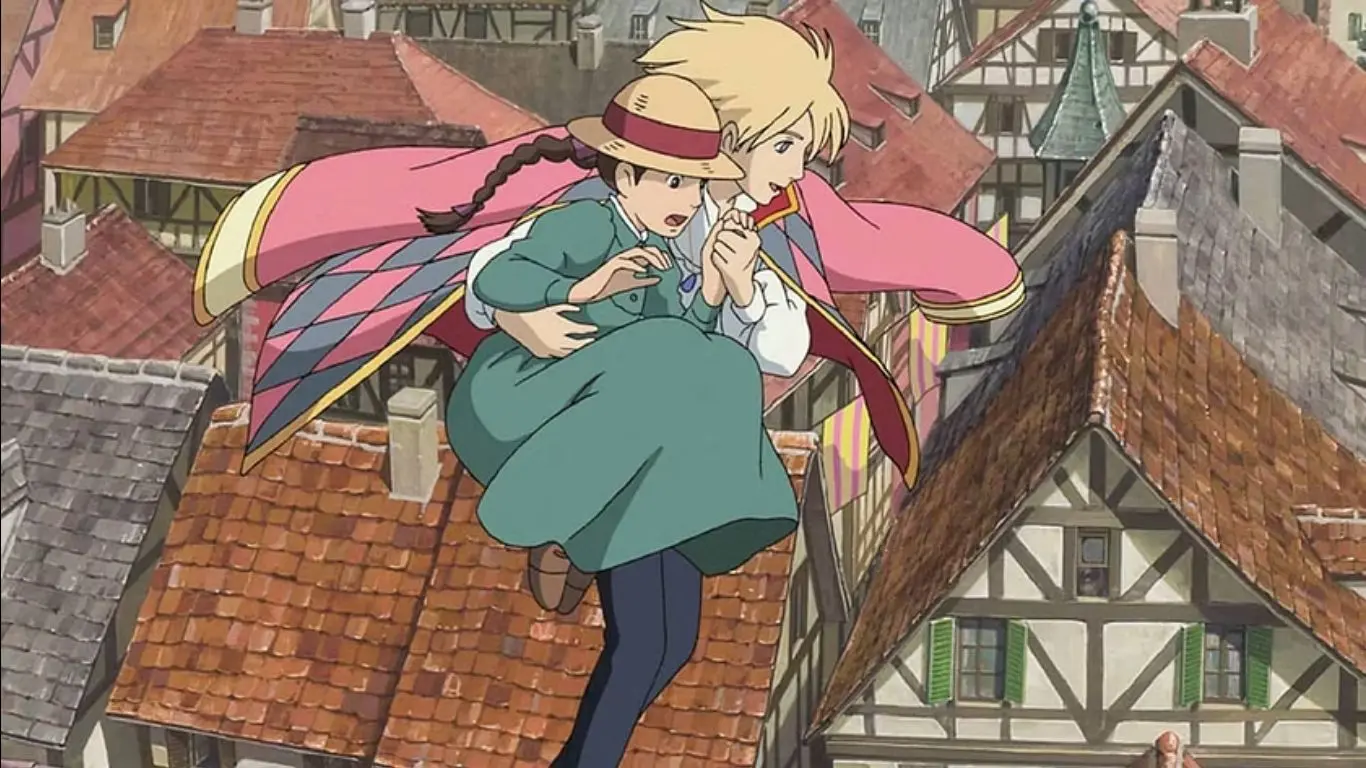
“Howl’s Moving Castle” is a 2004 Japanese animated film directed by Hayao Miyazaki, produced by Studio Ghibli, and based on a novel by Diana Wynne Jones. The narrative follows Sophie, a young woman cursed to become elderly by a witch, as she meets the mysterious wizard Howl and becomes entwined in his struggles against a war-torn backdrop.
The film juxtaposes themes of anti-war sentiments, inspired by Miyazaki’s opposition to the 2003 Iraq War, with explorations of old age, compassion, and the challenges and freedoms of growing older. The movie, recognized for its visual splendor and thematic depth, garnered critical acclaim, earned substantial box office success, and was nominated for an Academy Award.
Also Read: Top 10 Most Powerful Villains in Anime History
